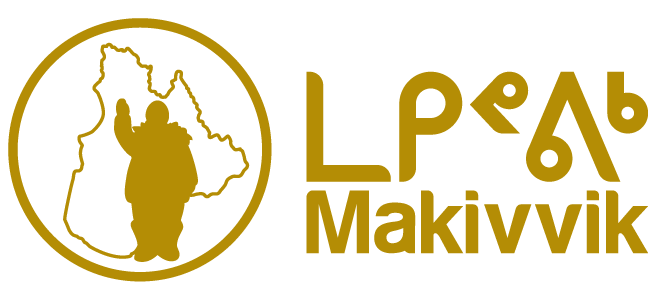 All 14 communities in Nunavik are, first and foremost, coastal villages, and all are dependent on safe and reliable marine access for subsistence hunting, fishing and gathering, economic development and recreation. Put another way, marine access in Nunavik is as critical as a highway or public transit in southern urban areas.
All 14 communities in Nunavik are, first and foremost, coastal villages, and all are dependent on safe and reliable marine access for subsistence hunting, fishing and gathering, economic development and recreation. Put another way, marine access in Nunavik is as critical as a highway or public transit in southern urban areas.
In 1998, Makivvik entered into an agreement with the federal government with regard to the funding of a first phase for the construction of marine infrastructure facilities in each of the 14 communities.
In 1998, Makivvik entered into an agreement with the federal government with regard to the funding of a first phase for the construction of marine infrastructure facilities in each of the 14 communities. The signing of this agreement resulted in the creation by Makivvik of a construction division to implement a marine infrastructure program for Nunavik and later to take on the construction of social housing units. In a decade, all communities have received marine facilities, designed to meet the unique needs of each community and the challenges associated with tides, currents, waves, ice movement and changing weather conditions.
In time, the provincial government agreed to participate in the second phase of the marine infrastructure program. Once completed, both the federal and provincial governments have contributed approximately $44-million each towards this critical development program for Nunavik.
The program is now in phase two, meaning community facilities are being upgraded to facilitate sealift operations and improve docking facilities for community fishing boats, or search and rescue boats.
Each year, two sets of heavy equipment, including trucks, bulldozers, excavators and crushers, are moved from one community to another to complete phase two facilities.
While building infrastructure is critical to Makivvik’s core value of developing stronger viable communities, the marine infrastructure also injects substantial financial investments in communities and maintains a workforce that is about 70% Inuit.
In addition to building and improving marine facilities, frequently Makivvik’s Construction Division is able to provide communities value-added initiatives including crushing gravel and building pads for housing and other construction projects.
